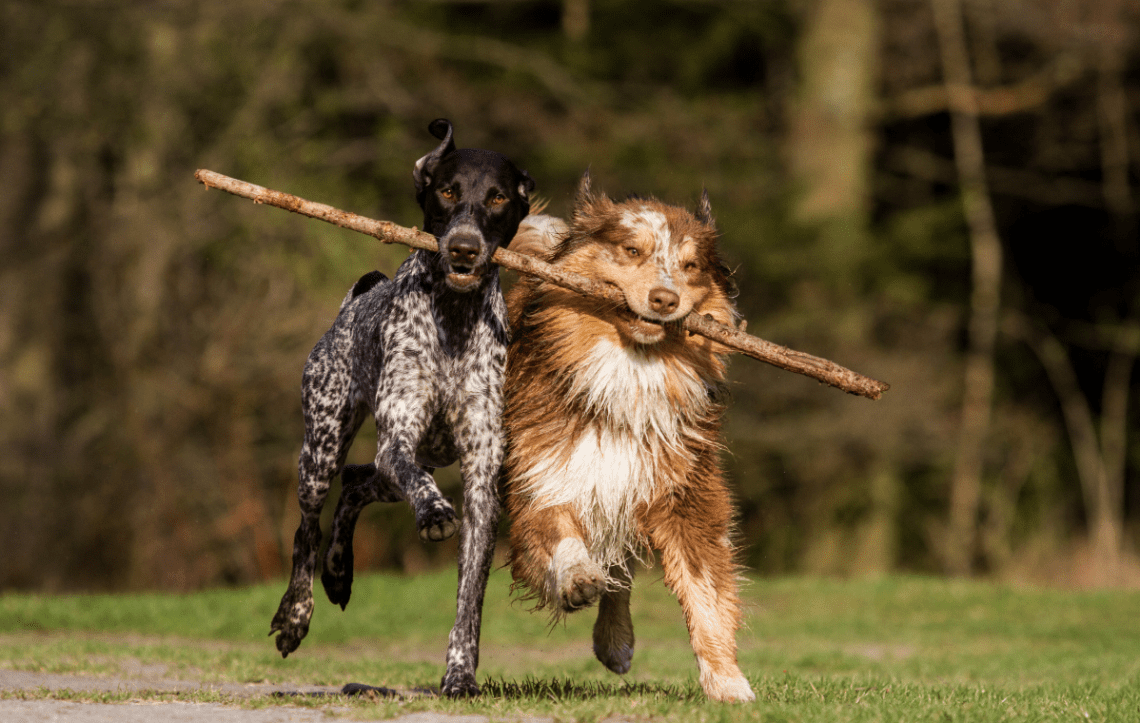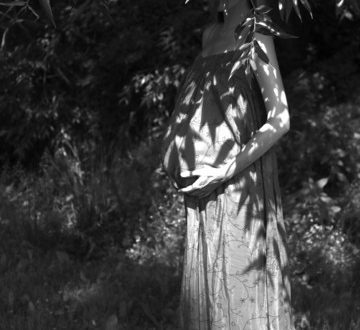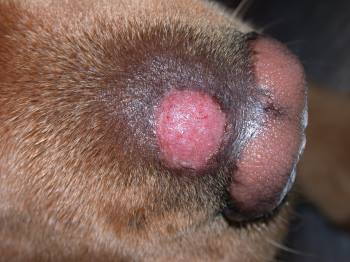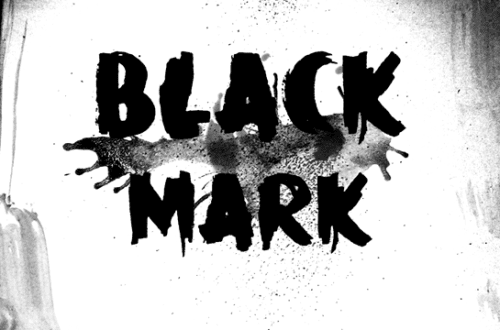
Dog diver: description of the breed, basic qualities and recommendations for keeping
The Newfoundland breed is popularly known as the diver. The dog was previously harnessed to a sled, and was also used for cargo transportation. Later it became known that the diver swims well, so he was included in the rescue services working on the water.
Contents
The emergence of the breed
The ancestors of modern divers were European mastiff dogs. They appeared on the island of Newfoundland. It was this name that later became the name of the breed.
In the 16th century there was a crossing of Mastiff-like and Indian dogs. The new breed lived on the island for almost 3 centuries. At the end of the 19th century, the first descendants of the diver were brought to France. Here the breed turned out to be unpopular due to the large size and formidable appearance of the dog, but the British liked the Newfoundlands. Local scientists began to improve the gene pool, thanks to which the first standard was deduced, which has remained virtually unchanged to this day.
Appearance of a diver
The dog is distinguished by its powerful body, beautiful posture and kind eyes. Males are quite large. Their height is 71 cm, and their weight is 75 kg. Females are lighter by 10 kg and lower by 6 cm. All representatives of this breed have well-developed muscles and excellent coordination.
Color of dogs:
- Pure black, brown or grey. White spots may be observed on the tip of the tail, chest, paws and chin.
- Bronze hues on brown, black or grey.
- Landseer, that is, black and white colors.
In general, the diver’s coat is very thick and quite long, so it needs regular proper care. So, you need to carefully comb your pet and use special shampoos.
Diver’s appearance:
- The breed is distinguished by the presence of a large head and a short square muzzle with a soft coat. Although there are no wrinkles on the skin, the corners of the mouth are clearly visible.
- A large nose has a pronounced brown or black tint.
- small eyes dogs are usually brown.
- Due to the large head, the triangular ears appear small, however, if gently pulled forward, they touch the inner corner of the eye.
- The breed is distinguished by strong jaws and a straight bite.
- The body of the dog is powerfulwhile her back is very wide.
- The diver has large, even paws with well-developed muscles.
- The tail, wide at the base, is lowered down in a calm state, and during movement or experiencing strong emotions, it twists slightly at the end.
Newfoundland character
Representatives of this breed patient, calm and very smart. They are ready to defend their master at any moment. Such a dog practically does not bark. Despite this, she scares away strangers due to her size.
The animal is very devoted to the family, which is why long separations from the owners become quite painful. Moreover, the pet may yearn for deceased family members or other pets. It is worth noting that with a sufficient amount of attention, the animal tolerates a short separation well.
Newfoundland is ideal for families with small children. The pet takes out even the most hyperactive kids. The animal often plays with grown children, which makes it an excellent companion that keeps teenagers safe.
Representatives of the breed get along well with a variety of petsincluding small and large dogs. Divers adapt even to cats due to their calm nature. Moreover, cats often sleep on the back of a dog.
It must be remembered that Newfoundlands love to swim, so it is unlikely that you will be able to calmly walk near the lake. In addition, representatives of the breed love to travel. They are absolutely not afraid to ride in a car.
Dog care
- Divers they shed a lot throughout the year, so they need to be brushed regularly. So that the dense undercoat does not get tangled, experienced breeders recommend combing the animal at least 4 times a week, using a stiff brush for this purpose. If this is not done, then tangles will begin to form. They cause itching and pull the skin, which causes discomfort to the animal.
- It must be borne in mind that divers have natural lubrication. For this reason, you should not wash your diver too often. Best to use special dry shampoos if necessary.
- To avoid infections, check your dog’s ears and eyes regularly.
- The diver is considered a calm dog that has a penchant for a passive lifestyle. In the company of other animals, she will probably play and run, but alone, the Newfoundland usually lies down to rest in the shade. Because of this, representatives of the breed can suffer from obesity, so they need regular exercise, which will help to avoid obesity and other health problems. The best for these purposes is a long slow run or an active walk on a not too hot day. Adult divers prefer short games.
Training
It is worth noting that representatives of the diver breed are well versed in the current situation and respond correctly. They do not succumb to provocations, because they easily distinguish a real threat from an artificial danger. Therefore, the usual training will be ineffective.
It should be understood that the Newfoundland is not a bodyguard. This animal saves people in trouble, takes care of them and is constantly nearby. In the presence of a serious threat, a calm diver turns into a determined formidable dog.
The Newfoundland lends itself well to training and education. This animal has an excellent memory. It is enough to kindly ask the pet to follow any command.
In general, Newfoundland is easy to learn. He is so attached to the owner that he wants to please and constantly tries to guess the yet unspoken command. Due to this sensitivity, divers should not be criticized or raised their voice at them. Experts recommend avoiding punishment or harsh training. If you start yelling at a dog or hitting it, it will be offended for a long time.
Feeding
For representatives of the Newfoundland breed, ready-made feeds belonging to the super-premium class are ideal. If you want to feed your pet with natural food, you should pay attention to the volume and proportions of food. So, half of the diet is meat, namely beef, veal or rabbit meat. Do not give pork or poultry. From offal, it is worth giving preference to beef liver, and from cereals – herculean flakes and buckwheat. Avoid rice and potatoes.
Puppies are fed 4 times a day, and adults – 2 times. Serving sizes for young active dogs may be higher than normal, and pets older than 4-5 years should never be overfed, as this leads to obesity.
The diver is an excellent dog, an intelligent companion, a devoted friend and a caring nanny who can be trusted with a child. Naturally, representatives of this breed need education. If the owner behaves correctly and pays attention to the dog, then all the positive qualities of the breed will be preserved.





